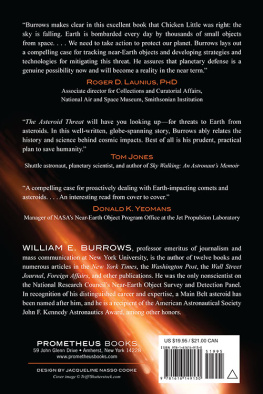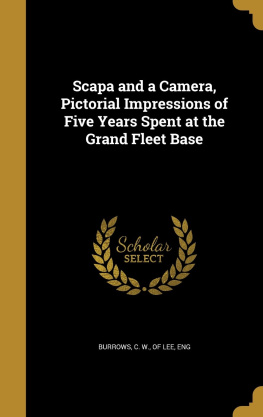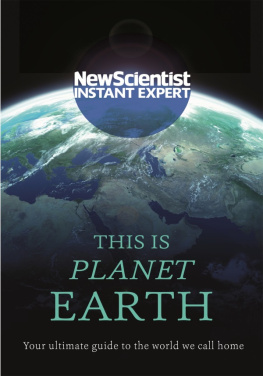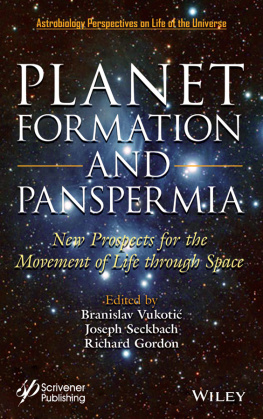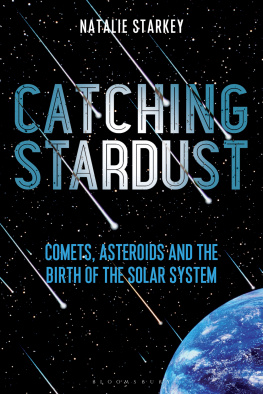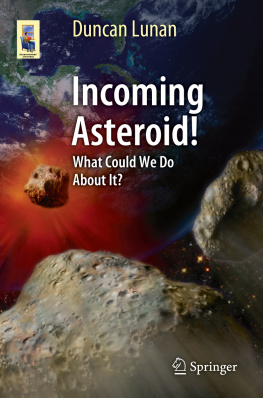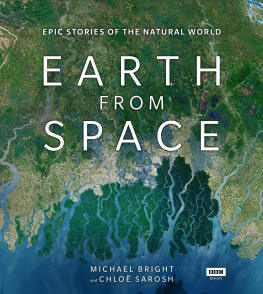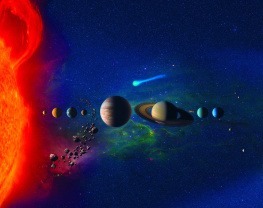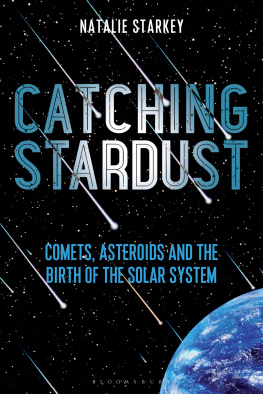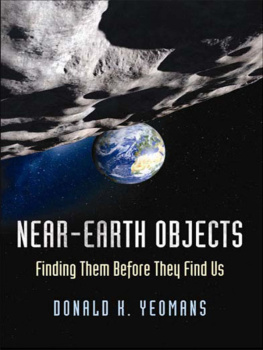William E. Burrows, professor emeritus of journalism and mass communication at New York University, is the author of twelve books and numerous articles in the New York Times, the Washington Post, the Wall Street Journal, Foreign Affairs, and other publications. His previous books include The Survival Imperative: Using Space to Protect Earth; By Any Means Necessary: America's Secret Air War in the Cold War; The Infinite Journey: Eyewitness Accounts of NASA and the Age of Space; This New Ocean: The Story of the First Space Age; Mission to Deep Space: Voyagers Journey of Discovery; Exploring Space: Voyages in the Solar System and Beyond; and Deep Black: Space Espionage and National Security. He is the coauthor (with Robert Windrem) of Critical Mass: The Dangerous Race for Superweapons in a Fragmenting World. Burrows was the only nonscientist on the National Research Council's Near-Earth Object Survey and Detection Panel. In recognition of his distinguished career and expertise, NASA has named a Main Belt asteroid after him, and he is a recipient of the American Astronautical Society John F. Kennedy Astronautics Award, among other honors.
First and foremost, my deep appreciation goes to David Morrison, an astrophysicist and senior scientist at the Astrobiology Institute at NASA's Ames Research Center, who is also a charter member of the small group of highly knowledgeable NEO stalwarts in the international science community. He has shown, by example, how important it is to know about those objects. Furthermore, he read parts of the manuscript and not only made useful suggestions on what material to include but also corrected many errors. There was an expression we had at the New York Times (in a previous life of mine) that is applicable to Dave: he pulled me off the cross. And, obviously, mistakes in what he did not read are mine to bear.
Robert Arentz of Ball Aerospace and Technologies Corp., who served with me on the National Research Council (NRC) panel, has become a friend, a supplier of all manner of material for the book, and a wizened interpreter of developments having to do with asteroids, comets, and other things that go bump in the day and night. He, too, read part of the manuscript for mistakes and made many helpful suggestions. I was and continue to be exceedingly lucky to have him in my corner.
The genesis of this book developed at three planetary-defense conferences held around the country that were conducted by the NRC of the National Academy of Sciences. My presence at those meetings was at the invitation of Dwayne A. Day of the NRC, who invited me to attend as the only nonscientist on the fourteen-member Survey and Detection Panel. Dwayne extended the invitation in the evident hope that I would create a work that captured the spirit and importance of the situation as it was shown by the scientists who shared their findings with us. Given how many first-rate science writers are out there, I was and remain deeply complemented by his having selected me. I hope this book and some other relevant projects justify his decision.
Mariel Bardthe Bard of Amherstcopyedited this book, and that entailed quite a bit more than juggling punctuation marks and indenting paragraphs. Her alert eye spotted several instances of repetition, and she raised scores of excellent questions about phrasing, sources, and statements that were confusing or misleading. She practiced the highest level of her craft and, in doing so, became an invaluable partner in the creation of The Asteroid Threat.
Sean Mulligan, one of the first and best members of what is now the graduate Science, Health and Environmental Reporting Program at New York University, and who is now a professional dynamo and a valued friend, has not only alerted me to news of important visitors in the neighborhood but also has been my computer adviser. I am very grateful on both scores.
Neil deGrasse Tyson, the effervescent, boundlessly energetic, and always overcommitted director of the Hayden Planetarium in New York, was very generous with his time in discussing the asteroid threat and the feasibility of using the Moon as an archive and establishing a colony there. The title of his autobiography, The Sky Is Not the Limit, speaks to his vision of where we ought to be headed as well as to his life.
Elizabeth Paul, a reference librarian at the Westport Public Library, tracked down and gave me reviews of Deep Impact and Armageddon, films that figure importantly in why asteroids and comets so fascinate the public. Her help is very much appreciated as well. Robert Bob Shapiro (a professor of chemistry at New York University who is no longer here), Steven Wolfe, and I formed the Alliance to Rescue Civilization to archive civilization's record, and, in the process, I got to thinking about planetary defense, which led to this book. Bob had an extraordinary imagination and was endlessly creative. So is Steve, who is also a space enthusiast and an imaginative writer, and who worked for California governor Jerry Brown, another active space proponent; the synergy was obvious and infectious.
BOOKS
Aldrin, Buzz, and John Barnes. Encounter with Tiber. New York: Warner Books, 1996.
Alvarez, Walter. T. Rex and the Crater of Doom. Princeton, NJ: Princeton University Press, 1997.
Bainbridge, William Sims. Goals in Space: American Values and the Future of Technology. Albany: State University of New York Press, 1991.
Balmer, Edwin, and Philip Wylie. When Worlds Collide. New York: J. B. Lippincott, 1932.
Burrows, William E. Deep Black: Space Espionage and National Security (New York: Random House, 1986).
Clarke, Arthur C. The Exploration of Space. New York: Harper, 1951.
. The Hammer of God. New York: Bantam Books, 1993.
. Rendezvous with Rama. New York: Bantam Books, 1990.
Dyson, Freeman. Disturbing the Universe. New York: Harper and Row, 1979.
Giertz, Bo. The Hammer of God. Minneapolis: Augsburg Fortress Publishers, 1960.
Hoyle, Fred, and N. C. Wickramasinghe. Diseases from Space. New York: Harper and Row, 1979.
. Lifecloud: The Origin of Life in the Universe. New York: Harper and Row, 1978.
Jones, Tom. Sky Walking: An Astronaut's Memoir. New York: Smithsonian-Collins, 2006.
Levine, Arnold S. Managing NASA in the Apollo Era. Washington, DC: Scientific and Technical Information Branch, NASA, 1982.
Levy, David H. Impact Jupiter: The Crash of Comet Shoemaker-Levy 9. Cambridge, MA: Basic Books, 1995.
Lindsey, Robert. The Falcon and the Snowman. New York: Pocket Books, 1979.
Littmann, Mark, and Donald K. Yeomans. Comet Halley: Once in a Lifetime. Washington, DC: American Chemical Society, 1985.
Logsdon, John M. The Decision to Go to the Moon: Project Apollo and the National Interest. Chicago: University of Chicago Press, 1970.
Mackenzie, Dana. The Big Splat; or, How Our Moon Came to Be. New York: John Wiley and Sons, 2003.
McDevitt, Jack. Moonfall. New York: HarperPrism, 1998.
McGovern, James. Crossbow and Overcast. New York: William Morrow, 1964.

